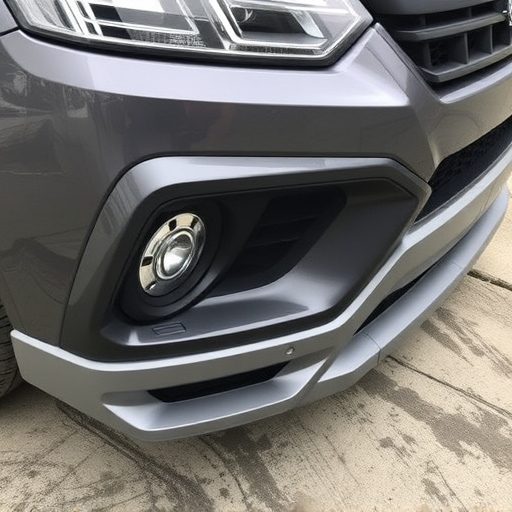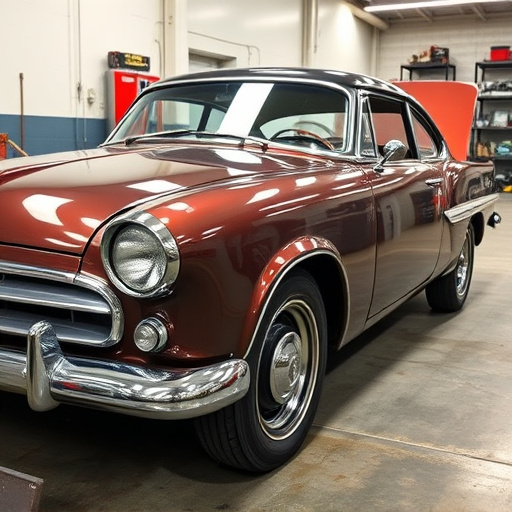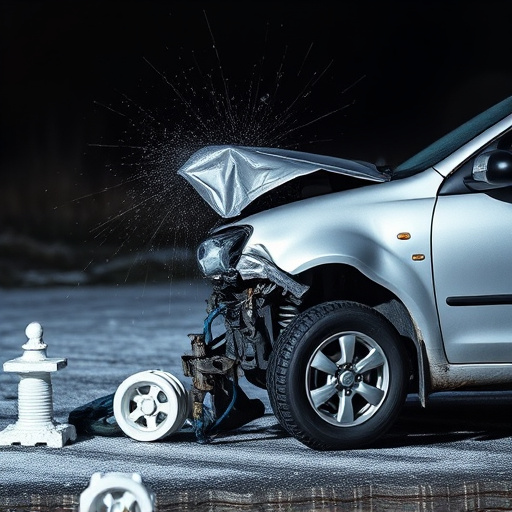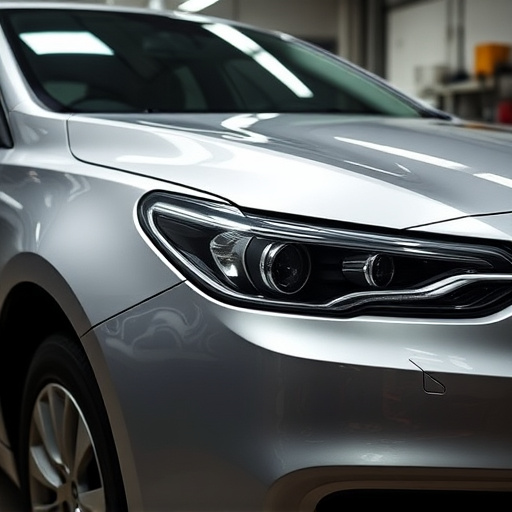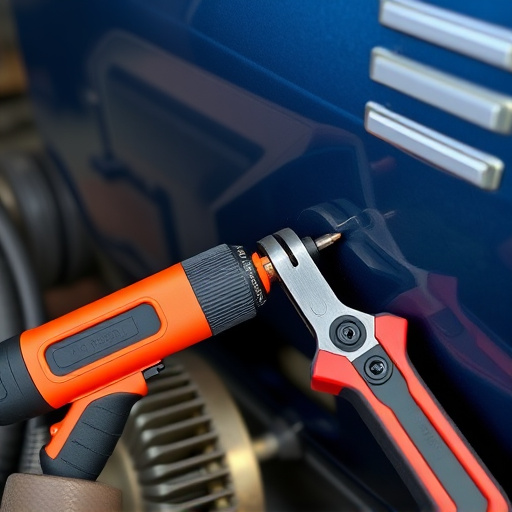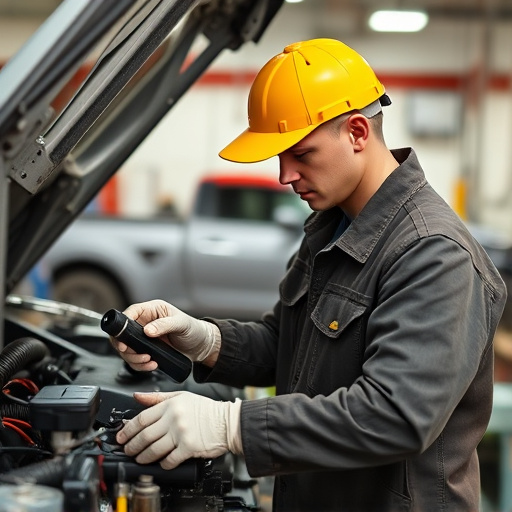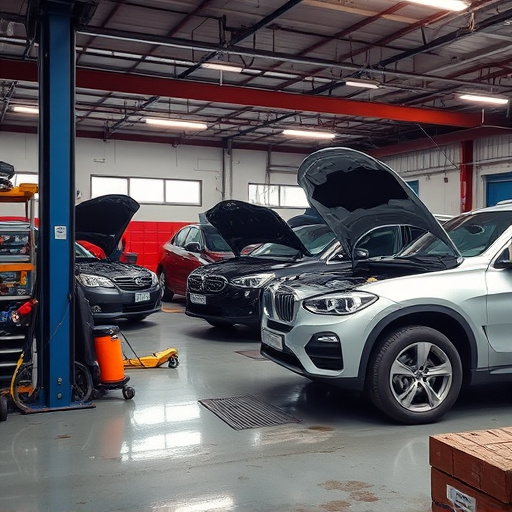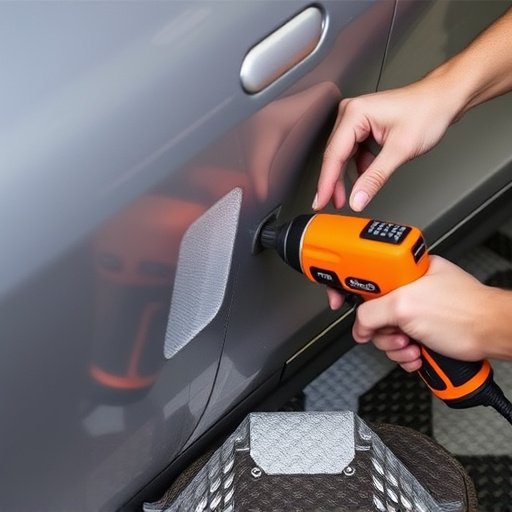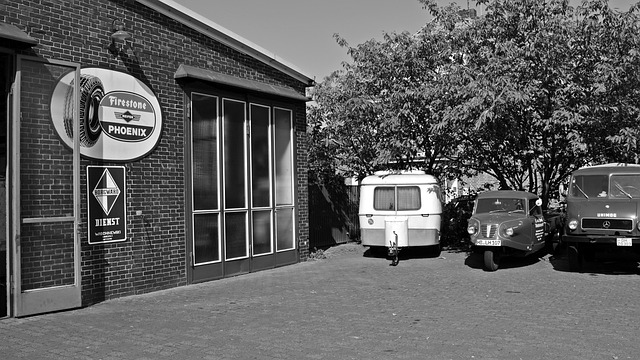Environmental factors drive corrosion on automotive exterior components, causing aesthetic and structural damage. Anti-corrosion materials, like advanced coatings (epoxy, polyurethane) and treatments (galvanization, ceramic coatings), protect against moisture, chemicals, rust, and oxidation, extending component lifespan. These innovations streamline collision repair, preserve structural integrity, enhance aesthetics, and save owners maintenance costs.
In the relentless pursuit of durability and longevity, the automotive industry continually innovates, especially in safeguarding exterior components from the relentless onslaught of corrosion. This article delves into the world of anti-corrosion materials specifically tailored for doors, hoods, and trunk areas. By understanding the intricacies of corrosion and exploring advanced materials, we uncover practical solutions enhancing vehicle lifespan and aesthetic appeal.
- Understanding Corrosion in Automotive Exterior Components
- Advanced Materials for Enhanced Protection Against Rust and Oxidation
- Practical Applications: Door, Hood, and Trunk Coatings & Treatments
Understanding Corrosion in Automotive Exterior Components
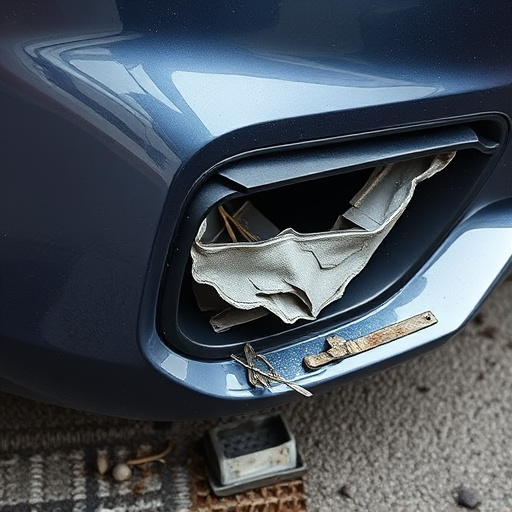
Corrosion is a common enemy for many automotive exterior components, including doors, hoods, and trunks. It’s a process where metal undergoes chemical changes due to its reaction with substances in the environment, primarily water and oxygen. This deterioration can lead to severe damage, compromising not only the aesthetic appeal but also the structural integrity of these parts. In vehicles, corrosion often manifests as rust spots on metal surfaces, which, over time, weaken and eventually break down.
Understanding how corrosion develops is crucial when selecting anti-corrosion materials for automotive exterior repair and replacement. This involves recognizing the various factors that contribute to it, such as exposure to moisture, extreme temperatures, salt in road de-icing chemicals, and previous damage like dents or cracks in the vehicle’s bodywork (including fender repair). By addressing these issues and choosing materials with superior anti-corrosion properties, automotive collision repair experts can ensure longevity for these exterior components, maintaining the overall health and value of the vehicle.
Advanced Materials for Enhanced Protection Against Rust and Oxidation
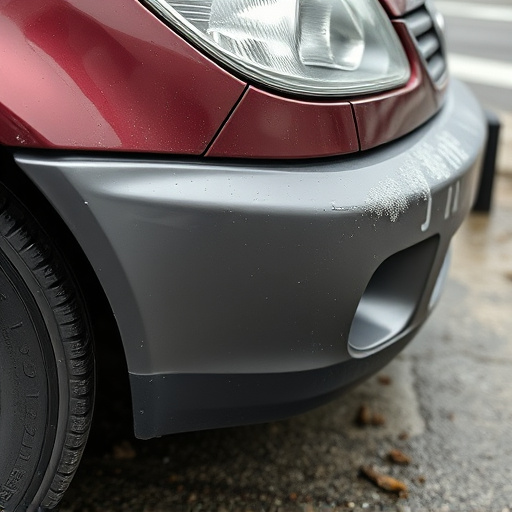
In today’s automotive landscape, advanced anti-corrosion materials are revolutionizing protection against rust and oxidation. These innovative solutions go beyond traditional methods, offering long-lasting defense for vehicle doors, hoods, and trunk areas—critical components often susceptible to damage. By employing specialized coatings and composite materials, manufacturers ensure superior durability, significantly reducing the need for frequent frame straightening or dent repair.
Such anti-corrosion materials not only enhance the structural integrity of vehicles but also contribute to their overall aesthetic appeal. This is particularly beneficial in preserving the vehicle’s original appearance, streamlining the maintenance process, and potentially saving owners money on extensive repairs. In effect, these cutting-edge materials play a pivotal role in the ongoing conversation about efficient and effective vehicle repair, ensuring that cars remain in top condition for years to come.
Practical Applications: Door, Hood, and Trunk Coatings & Treatments
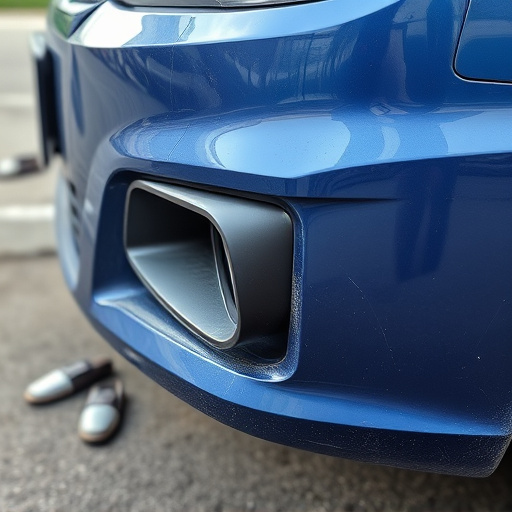
In practical applications, anti-corrosion materials play a pivotal role in protecting vehicle doors, hoods, and trunk areas from damaging elements. These components are highly susceptible to corrosion due to constant exposure to varying weather conditions, road salt, and airborne contaminants. Coating and treatment technologies have advanced significantly, offering effective solutions for collision repair centers dealing with scratch repairs and hail damage repairs.
Specialized coatings designed with anti-corrosion properties can withstand harsh environments, ensuring the longevity of these parts. For instance, epoxy or polyurethane paints are commonly used to coat metal surfaces, creating a protective barrier against moisture and chemical reactions that lead to rust. Additionally, specialized treatments like galvanization or the application of ceramic coatings further enhance durability, making it easier for professionals in hail damage repair to restore vehicles to their pre-incident condition efficiently.
Anti-corrosion materials play a pivotal role in safeguarding automotive exterior components like doors, hoods, and trunks from rust and oxidation. By understanding the intricacies of corrosion and leveraging advanced materials, manufacturers can extend the lifespan of these parts, ensuring a robust and visually appealing vehicle finish for years to come. Practical applications of these materials, as discussed, offer effective coatings and treatments that not only protect against corrosion but also enhance the overall aesthetic and performance of vehicles.


